Grease 101
Understanding Different Types of Grease and Lubricants
There are a lot of different types of grease on the market and a lot of different methods for application. From guns, pressure types, regular tubes, larger grease guns, spray cans, and more. The most important things to consider are the application of the grease, where you are going to use it, and the overall purpose of using it.
What Do I Need to Consider When Selecting Grease?
Color
The first thing to note when it comes to grease is that the color doesn’t matter. Lithium grease, for example, can come in brown, green, and white. Colors are added by the manufacturer quite often so that the end-user can help differentiate when they have them sitting in a gun, so they instantly know what grease is in it. When it comes to selecting the correct grease for the job, color is not a factor.
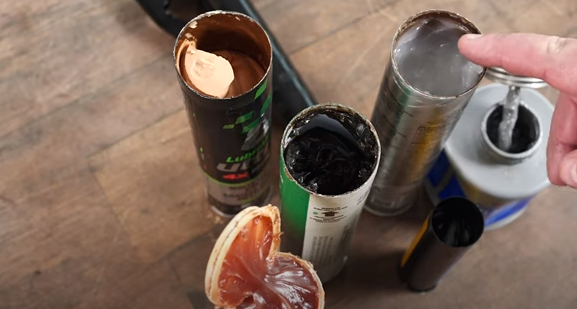
Purpose For Use
When dealing with grease, the first thing to look at is the manufacturer’s recommendations. If you don’t have any manufacturer recommendations, consider the purpose of using the grease, whether you are dealing with high heat or high speed, whether you are dealing with rubber and plastic, there are thousands of options of grease, so use your best judgment, depending on the purpose you need it for.
Type of Grease
Grease comes in different consistencies, including soft, flexible, hard, and even sprayable. Our in-house expert Dave is using a lithium complex grease in the example in the video above, commonly used on the gears of drills. Lithium and lithium complex greases tend to be more of a general-purpose grease. Dave suggests molly or polly grease for tools that hit a little harder, such as reciprocating saws.
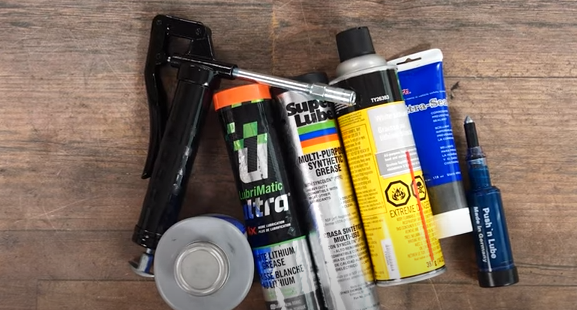
How to Apply Grease
When looking to grease a circular saw, for example, the first thing people tend to do is wipe some of the grease off to check what color it is so they can buy the same color grease, but as we’ve mentioned, this approach does not work. The best thing to do is clean off all the grease by getting a degreaser and completely removing it all before you begin. Once all the old grease is removed, apply the new grease on the gearing. In our example, we used modified lithium. Coat up the gear completely, and in this case, since it’s going to be sealed inside an enclosure, getting excess grease on the gear is fine.
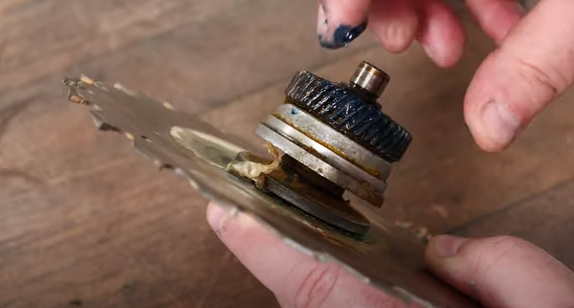
A lot of the greases that are out there, including lithium, not only prevent rust but also prevent water from contacting the metal. You will want to be sure to coat up everything very well.
It is also important to take note of wires. Some greases will actually eat through the wire coating. There are some greases that are made specifically for wires. Wires usually need grease when they are being pulled through particular tubes and the grease just stays on the wire permanently, adding a little bit of extra protection.
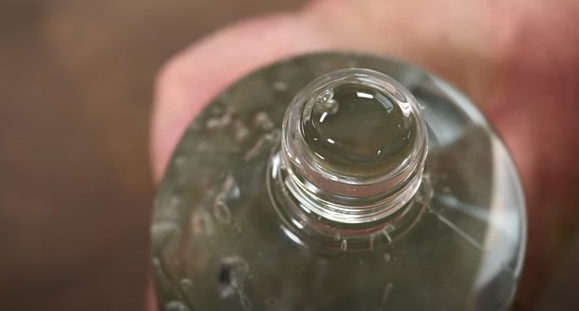
Types of Grease
There are numerous different types of greases to choose from, so use your best judgment when it comes to the purpose and application of the grease. Specific types of grease include anti-seize types, which are specific to bolts and nuts, preventing them from rusting in place. Even anti-seize types of grease come in numerous different variations:
- Silver grade
- Copper
- Marine-grade
- High heat
- High friction
- WD-40
Keep in mind that some manufacturers will require you to use a specific type of grease on their equipment or you risk voiding the warranty. Some bearing manufacturers have specific greases for each one of the bearings they make. WD-40 is a great penetrating oil but it’s not necessarily the right one for every situation.
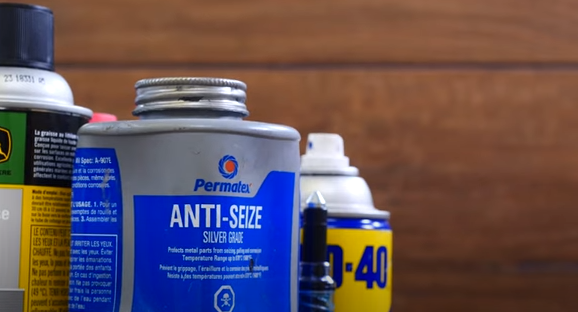
So regardless of what kind of method you use to apply your grease, gun push, spray, etc., the main things to remember are:
- The color of the grease doesn’t really tell you anything
- Check with the manufacturer to see what specific greases they may require or recommend
- Keep in mind that not all greases play well with each other, so it is best to remove all the old grease before applying the new grease
- Grease does not mix well with plastics and rubber and can cause parts such as O-rings and seals to deteriorate
We hope this gives you some things to think about when selecting the proper lubricant for your project. Check out our YouTube channel for more tips and tricks for in and around the home!























































